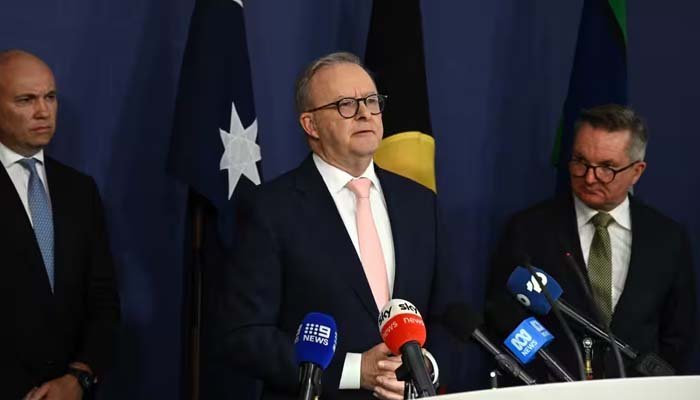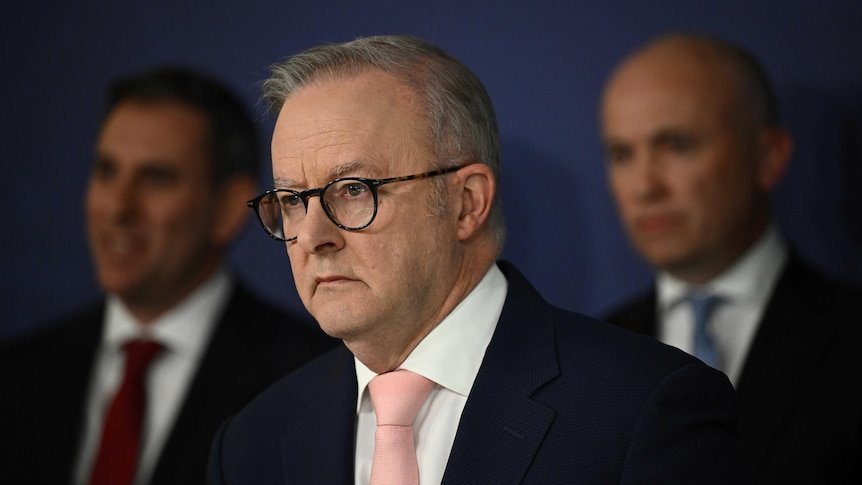EXPOSED: How Oil Giant Santos Dupe’d the Gov’t to Avoid Climate Costs on Leaking Darwin Gas Plant
- Santos managed to sidestep costs on carbon pollution from its leaking Darwin gas plant by exploiting a “loophole” in federal rules.
- The company told the government that forcing “international best practice” on emissions at the aging facility posed an “intolerable risk” to its business.
- The move saved Santos from having to immediately offset an estimated 1.5 million tonnes of carbon pollution at the plant every year.
A major methane leak at the Darwin liquefied natural gas plant (DLNG) was revealed by the ABC last month, sparking outrage and criticism from environmentalists and crossbenchers. The leak, which averaged an estimated 95 kilograms of methane every hour for 14 years, equates to more than 291,000 tonnes of CO2 a year.
In an email to federal environment officials in January last year, Santos flagged concerns that the Clean Energy Regulator could force net zero emissions on the Darwin plant if it was treated as a “combined asset” with the Barossa project. Under the Albanese government’s “safeguard mechanism”, new gas fields such as Barossa must start with net zero emissions, forcing operators to buy carbon credits.
Robert Malinauskas, then head of external affairs at Santos, said in the email that the regulator had confirmed its “discretion through the legislation to determine whether the production/activity has materially changed, and therefore the application of production variables could refer to international best practice for a potential combined Barossa/DLNG asset”.
“Santos views the risk that the stringent international best practice production variables applying to both DLNG and Barossa if the assets were to be combined to be an intolerable risk,” he said.

Kirsty Howey, executive director of the Environment Centre Northern Territory, slammed Santos’ move, saying “if anything poses an intolerable risk, it’s Santos’s dirty Barossa project and the leaky tank”.
Andrew Macintosh, an environmental law professor at the Australian National University, described the case as highlighting a “loophole” in federal carbon regulations. “I think a lot of people would be absolutely interested that [Santos is] allowed to split a facility and that means that processing of the gas is going to be treated differently than I think a lot of people would think it’s going to be treated,” he said.
The Clean Energy Regulator defended its handling of the matter, saying that companies reporting emissions were “required to define their corporate groups and the boundaries of any facilities that they have operational control over”.
The regulator also came under fire for referring to a $6 million bonus that Santos’s chief executive reportedly had riding on the outcome of the Barossa project. Kirsty Howey said the agency needed to explain “how Kevin Gallagher’s bonus is relevant to how it regulates Santos’s massive levels of climate pollution”.

